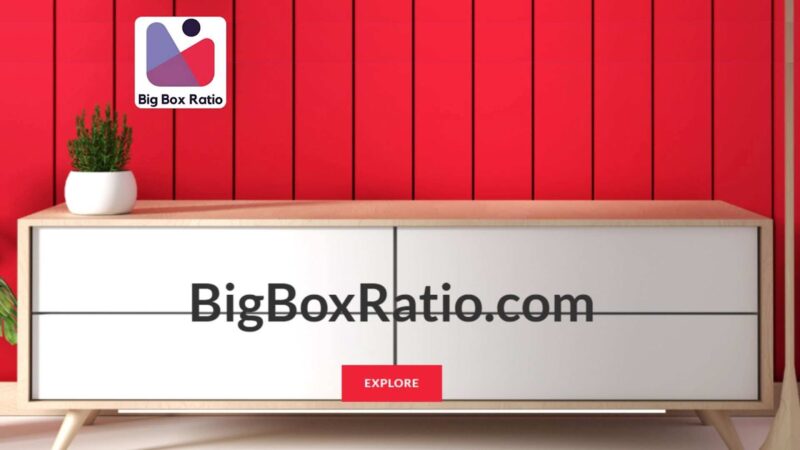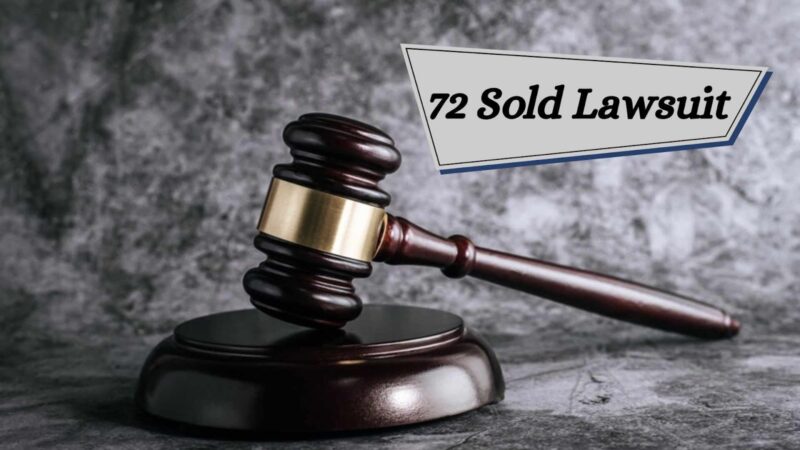Why a Furnace Blowing Cold Air? Different Reasons & Solutions
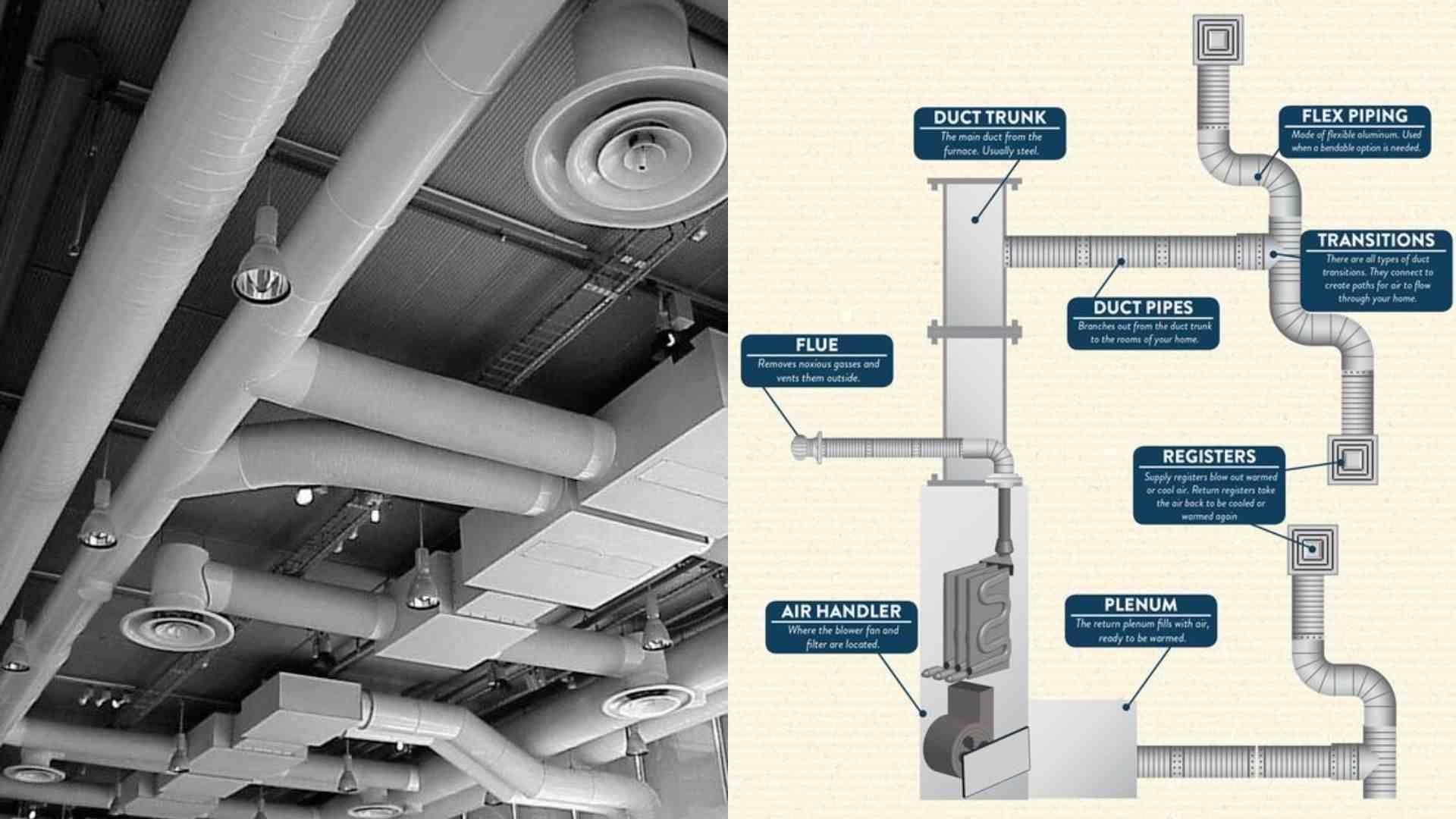
If your furnace blowing cold air into your home, there could be some sort of problem with the gas supply, condensate lines, air filter, flame detector, or pilot light. Many of these problems can be solved on a personal basis by changing and cleaning gas furnace components. Let’s talk about some different ideas that you might be able to use to solve these issues by yourself. However, you have to learn how a furnace works.
How does a Furnace work?
Despite a furnace may appear to be a complicated device, it is actually relatively simple to understand if you know how it works. The most popular type of furnace is a forced air heating system. Furnaces are split up according to the fuel they use: natural gas, propane, oil, electric, or wood. Liquid propane gas (LPG) and natural gas furnaces are the two main kinds of furnaces that work in the same way. The liquid propane storage tank or a local natural gas line network supplies gas to the home.

When the indoor temperature decreases below the thermostat’s fixed temperature, the thermostat informs the control board within the boiler to start heating. Gas furnaces transfer natural gas or propane into the heating chamber, which is ultimately ignited by electricity or an always-on pilot light. The combustion process starts with the ignition switch being turned on, the gas valve is opened, and the exhaust fan is turned on. The heat exchanger in the furnace gets heated by the combustion process. Flue gases are blown outside by the exhaust pipe and heat exchanger as a result of combustion.
A blower fan is then used by the furnace to blow air throughout the system. This air stores heat as it goes through the coils of the heat exchanger before being pushed into your ducts. The hot air circulates easily throughout your home, providing a relaxing, pleasant atmosphere great for cold winter days. Any harmful gas byproducts, including carbon monoxide, are safely discharge outside of your home as burning exhaust gas or flue gas. Now knowing that you learn how the heating system works, let’s look into why your furnace blowing cold air.
Furnace blowing cold air – Reasons
When the weather turns cold and the temperature decreases, your home’s HVAC system becomes more valuable than ever. Many people put off boiler maintenance until winter arrives, and there could be nothing scarier than finding your furnace blowing cold air during the middle of the last stretch of winter. Many problems that allow cold air to flow from the furnace are easy to fix. The solution could be as simple as sliding a switch or changing a filter. Particular problems require the use of specialized expertise. If working with your furnace seems to you feel uneasy, look for an HVAC professional no matter how complex the problem is.
No fire
Your furnace blowing cold air probably is because the ignition has been unable to start. Your house will never be heated until the burner is set on fire. Since that you know exactly what the problem is, let’s look at what can be affecting the ignition process.
Broken control panel
There could be a problem with the electrical control panel when a furnace blowing cold air. Resetting the system might occasionally solve this problem.
- Turn off the furnace’s power at the ON/OFF switch.
- Wait a couple of minutes before changing the button to ON.
- If this fails to fix the issue, contact an expert.
Burner Problem
Burners have been created to burn quickly and at a high temperature. They can become blocked with dirt and other particles with time and with use. If you’ve had your furnace for years and it frequently burns out, make sure the burners aren’t blocked by anything.
Flame Sensor
Some gas furnaces have no need for a pilot light to start the heating process. Furnaces with no pilot lights depend on flame sensors to verify that a heating cycle is completed properly. If the flame sensor becomes dusty or damaged, it will be unable to identify the flame accurately, leading the boiler to shut down. This can lead to poor performance and higher energy charges. You might be able to maintain your flame sensor, however, if you’re not sure, call a professional. Experts may be in need of to set up a new sensor as well as restart the heating process.
Thermostat setting
Since your thermostat might fail for a number of reasons, it’s a good place to start when repairing your heating system. The very first thing to check if your furnace blowing cold air is to ensure your thermostat is properly set. If your thermostat is set wrong, you may notice your furnace blowing cold air through the heat registers, a lower-than-likely reading of temperature on the thermostat, or even observe the cooling system running outdoors. By delivering a message to the furnace’s control board, the thermostat informs your HVAC system to switch on the heat. It’s probably that your thermostat is simply alerting your furnace’s fan instead of putting on the burner to generate hot air.

Solutions for Furnace Blowing Cold Air:
If you notice any of these signs, the first thing you should do is examine the thermostat and search for the obvious solution.
- If you have a thermostat that is programmable, check your ‘comfort schedule’ for any problems and ensure that your programmed settings haven’t moved because of daylight savings time.
- Is your fan schedule to run continuously? If this is the case, your system may be generating cool air in between heating cycles. Setting the fan to “auto” will switch off the fan when the furnace is not constantly heating and switch it back on when it is ready to heat your house.
- Assess your thermostat to ensure that no one else has changed it to a lower level.
- Is it set to air cooling processes rather than heating? If it is, just resetting the thermostat will allow you to warm your home. On the other hand, change the thermostat to automatic. When set on auto, it will switch between cooling and heating as the temperature changes.
Obviously, if your thermostat fails to operate or your furnace has a technical problem, these changes are unlikely to fix the problem of your furnace blowing cold air. If you’ve tried some of the suggested changes and your system still isn’t responding, it’s time to call a nearby Carrier HVAC specialist for a professional inspection of the condition of your furnace.
Needs more time to heat up?
If you are going to turn on your furnace for the very first time this year, you may simply need to give it a little extra time to warm up. It will probably require some extra time for the system to fully warm up. If you are still experiencing your furnace blowing cold air after a few minutes, you need to call your HVAC expert.
Pilot light is out
While your furnace blowing cold air, observer the pilot light of your gas system and make sure it is active. A pilot light is a little gas light that continuously burns to start the burners and make sure your system can generate heat. However, if there is a dirty valve, draught, or defective thermocouple, the light will go out. Search for a pilot light on models that are 20 years or older; new models usually do not have this function. If your furnace lacks a pilot light, it will utilize electricity in order to ignite the gas. Your pilot light may be out if you have a prior-model combustion chamber, your home is excessively cold, and the furnace hasn’t switched on.
Firstly, begin by making sure that your thermostat is properly set. Find the pilot light unit on your furnace and check for a flame. If the pilot light blows out, follow the manufacturer’s instructions for lighting them again. If it isn’t going to stay turned on, it’s time to call in an expert. Lastly, if your heating system have a pilot light, it might be time to upgrade to the latest and more efficient pilotless gas furnace.
The Gas supply is weak or off
To generate heat, furnaces require an ongoing flow of gas to the burners. In case the gas flow is not enough, the furnace will shut down as a measure of safety, sending out cold air. If your furnace does not receive enough gas to carry out its normal heating procedure, it will shut down. Since you are using a gas furnace, you probably also have a range or a gas oven, so you can figure out whether the problem is with your entire home’s gas supply or simply the furnace. If it’s a whole-house problem, confirm with your gas company, or call an expert if simply the furnace isn’t getting enough gas.
Damaged Air Ducts
Your furnace normally distributes hot air around your home through a network of ducts that run through your walls. The furnace itself may be working properly, but the ductwork that transfers heat throughout the house may have been damaged. Leaks are typically caused by damaged or old ductwork that has not been sealed correctly against leaks from within or the outside of your home. These leaks, however, can occur at literally any point throughout the HVAC system. The ducts could have a major hole that is enabling air to escape. As a result, it has become essential to have the system serviced as quickly as affordable. Finding and sealing holes or leaks in your ducts is likely to be left to a professional since they have equipment designed to help in this process.
Clogged or dirty air filter
A dirty as well as clogged air filter is another typical reason for your furnace blowing cold air. If the air filter in your furnace is clogged with dust, trash, or black smoke, it will prevent incoming air from entering your gas furnace. Overheating problems and prolonged heating cycles are common symptoms of filthy and unclean air filters. Overheating usually leads your heater to blow cool air throughout your home. A qualified homeowner can easily remove and clean the filter or replace it if required. Most home improvement stores sell inexpensive air filters, but if you have any doubts, call your furnace company or a local HVAC technician.
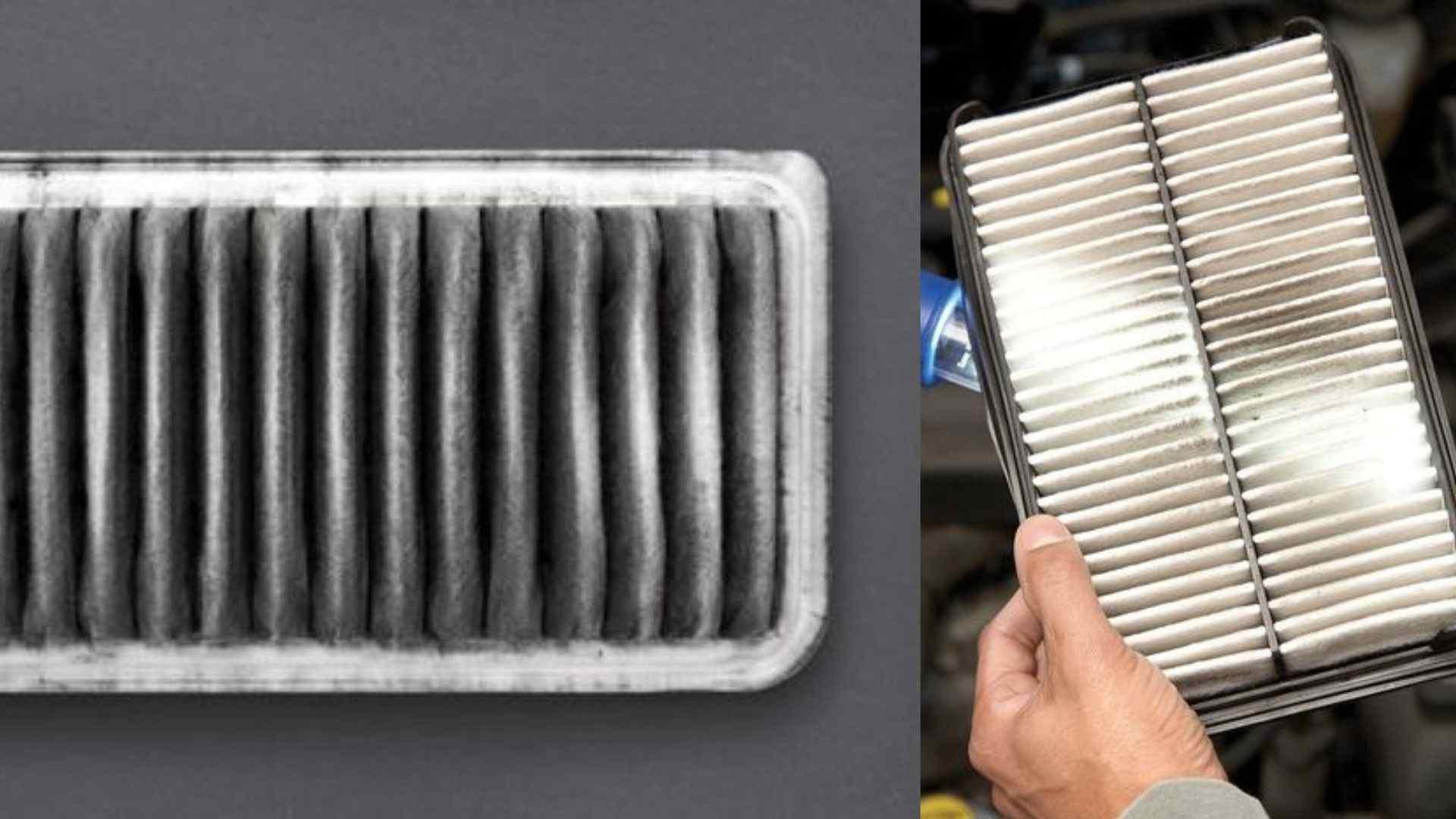
Clogged in condensate lines
The condensate drain line is a small tube that runs from your furnace’s heat exchanger to a drainage pan or another location where the condensate can be let out into a drain. If there is a clog in the condensate lines, the burners may be disabled, causing the furnace blowing cold air into your home. Your furnace will not function properly because it won’t be able to remove extra moisture. Calling an HVAC specialist to clean your drain line is your best choice.
Standing water around unit
Standing water near the boiler indicates a condensate line clog. Clear condensate drains blockages by using the procedures below:
- Turn off the unit’s electricity at the breaker.
- Identify the condensate drain pan.
- Using a wet/dry vacuum, remove any water that remains in the pan.
- Replace the pan after cleaning it with a small amount of soap and water.
- Keep up with the condensate drainpipe from beneath the pan to its exit outdoors in your house.
- To remove blockages, attach your wet/dry vacuum to the opening.
- Reconnect the power to the unit.
Problem with the fuel source
Your furnace may have stopped operating because you were completely out of fuel. Before you call a professional, consider the following:
- Check to verify whether you still have oil in the tank.
- Check the gas supply line for any crimps or leaks.
- Replace any blown fuses or tripped circuit breakers with new ones of the suitable voltage.
Overheated system
A lot of different technical factors might lead your furnace to overheat, any of which could result in a shutdown. Furnaces can overheat and shut down due to a dirty or clogged filter, an electrical malfunction, or even simple wear and tear from age. This is due to the main limit in reactivating the safety mode. The main limit is a safety mechanism built into the furnace that sets up a safety mode that cuts off the burner when it overheats. Whenever the furnace has overheated and shut down, it will most likely stop blowing air completely. Most issues that lead furnaces to heat up ought to be solved by a professional unless the problem is as simple as an unclean or clogged air filter.
Routine maintenance
The routine maintenance, as is frequently the case with home appliances, is the key to avoiding future issues. Routine maintenance is an active method of avoiding failure and minimizing downtime. Preventative care can assist reduce the risk of a problem occurring as well as identifying the problem soon before it results in a shutdown. It is suggested that you follow your routine maintenance in addition to these extra precautions.
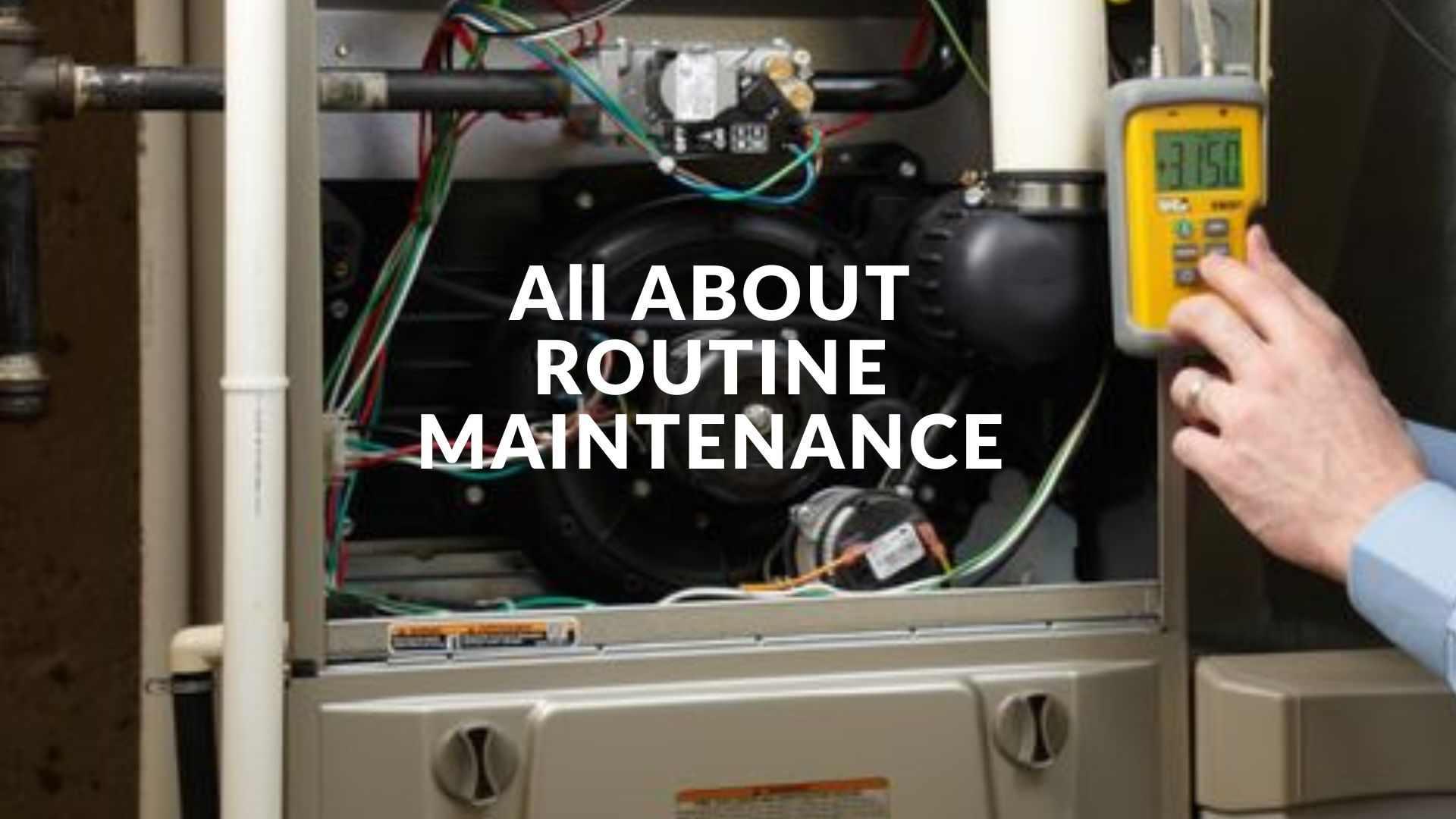
Clean the unit inside out
When the boiler shut down, check the fan blade or the blower wheel, as well as the burner, for rust, corrosion, or dust. Check every connection to electricity and controls twice. This sort of maintenance should only perform by knowledgeable householders or professionals. Ideally, this should be done once a year, preferably prior to setting on the furnace the very first time or at the beginning of each heating and cooling season.
Regularly check Air Filters
Air filters need to be replace every ninety days or whenever they become dirty, according to furnace repair service providers. At the very least, this needs to complete once per season. Filters are inexpensive and simple to modify. They are available at your local renovation store.
Inspect accessory units and venting system.
Before you turn on your furnace for the time of year, you should visually examine the system. This will keep you from avoiding any damage that occurred during the warmer months while your furnace hadn’t been in use. Look for symptoms of water leaks and secure pipes, ducts, air cleaners, humidifiers, and other appliances. After turning on the system, make sure there are no visible duct leaks or cracks, as well as warm air coming out of the vents.
Always call a professional
Furnaces are highly complex devices that might fail at any time and damage your home. Unless you know what you’re doing, playing with electricity or gas is dangerous. A professional is train in a wide range of HVAC maintenance procedures and is aware with all cooling and heating problems. If you require additional refrigerant, a technician can safely handle the toxic gas. It is important to keep your furnace in good working condition, so schedule regular maintenance and tune-ups. A trained HVAC specialist will make sure that your furnace is safe and reliable.
Frequently Asked Questions
Q: How do you fix a furnace blowing cold air?
If you experience the furnace blowing cold air, it could be due to a blocked or dirty air filter. Uninstall the air filter and verify it for reliability. If it’s clog with dirt, clean it with compress air, wash it with warm water, or simply replace it.
Q: Why is my house blowing cold air when the heat is on?
If your furnace blowing cold air into the house, it might by a problem with the air filter, condensate lines, flame detector, gas supply, or pilot light. Many of these problems are quite easily resolve on your own by sanitizing or replacing gas furnace components.
Q: Where is the reset button on a furnace?
All furnaces come with a reset or reboot button. They are typically yellow or red and are inside the blower compartment.
Q: Why is the air coming out of my vents not warm?
If you find your furnace blowing cold air during cold weather, double-check that your filters are neat and tidy, properly installed, and the right size for your furnace unit.
Q: Why is my oil furnace blowing cold air?
Oil-fired furnaces include a filter similar to your car’s that prevents pollutants like oil and dust from the combustion chamber. If the oil filter gets block with dirt, you will face the furnace blowing cold air even when the heat is turn on.
Conclusion
A furnace blowing cold air might be a distressing situation. If your furnace blowing cold air, the problem could be with the gas supply, condensate pipes, air filter, flame detector, or pilot light. If your air filter is clog or dirty, cool air coming from your home is unlikely to pass through it and into the boiler. This suggests you don’t have enough air to disseminate heat.
This may cause the burner to deactivate or the furnace blowing cold air. However, some solutions require neither the use of tools nor advance DIY knowledge. However, furnaces are advance machines that can fail at any time, putting your home at risk. So call an HVAC specialist and don’t play with gas or electricity unless you know what you’re doing.
